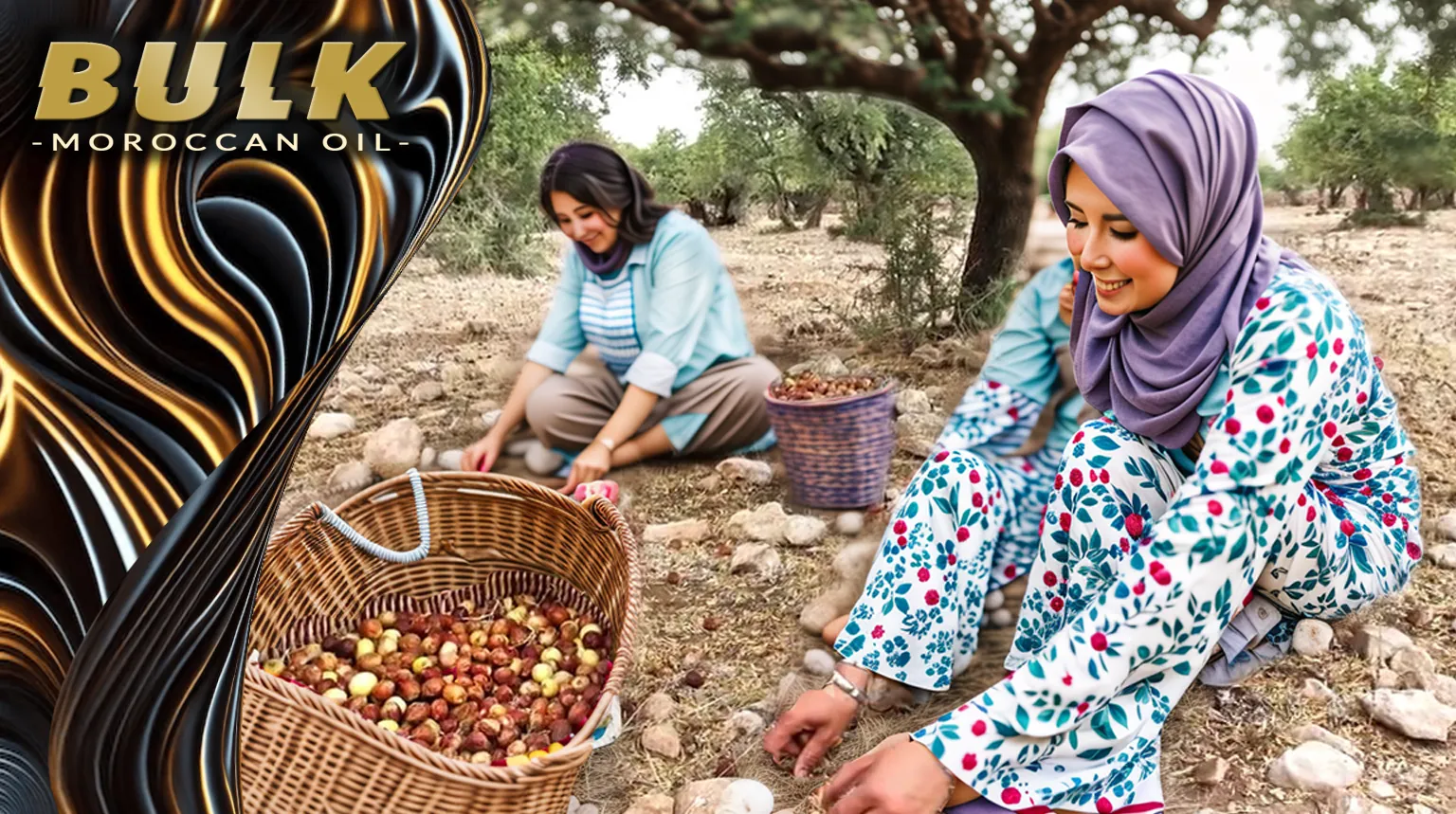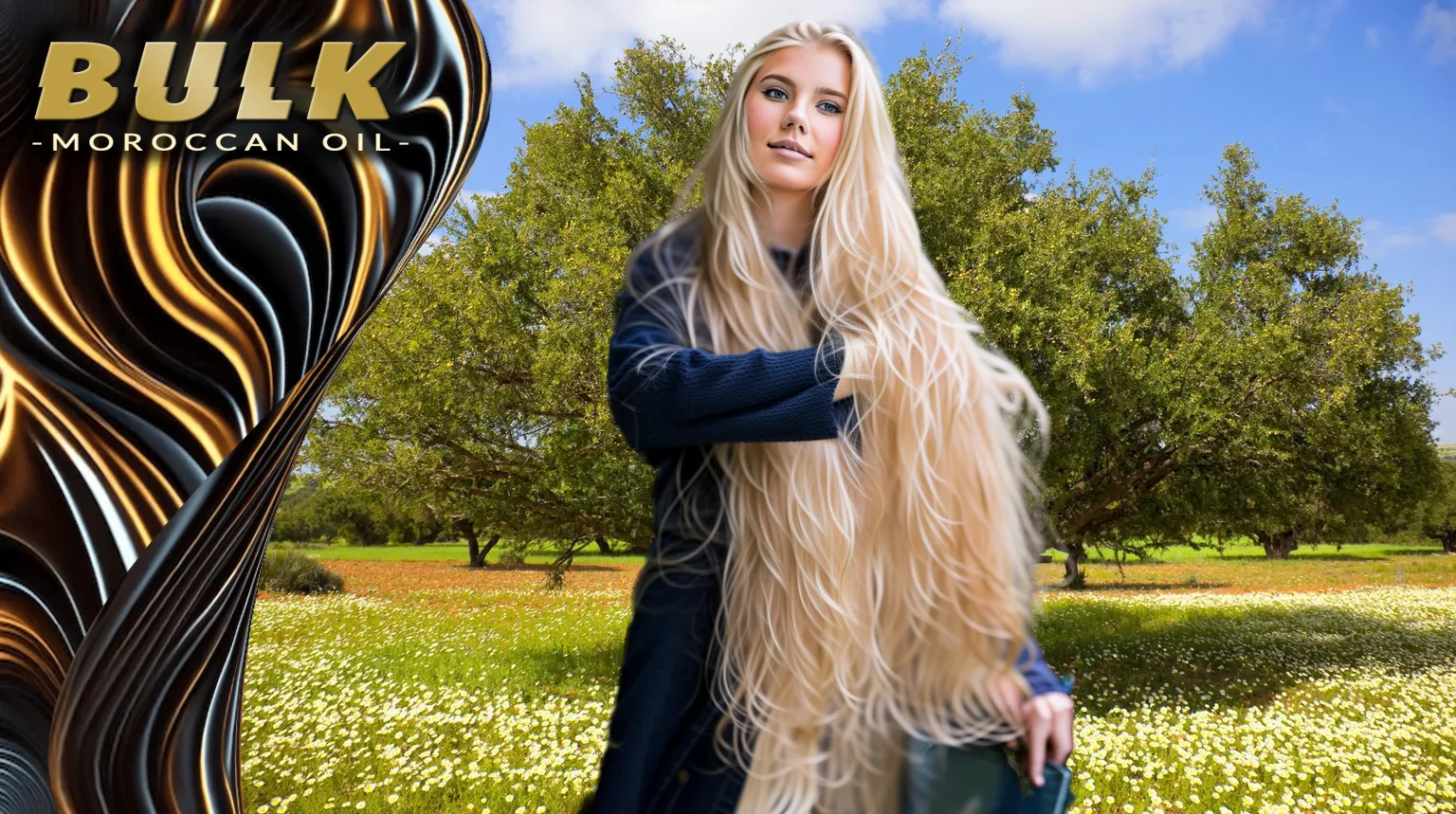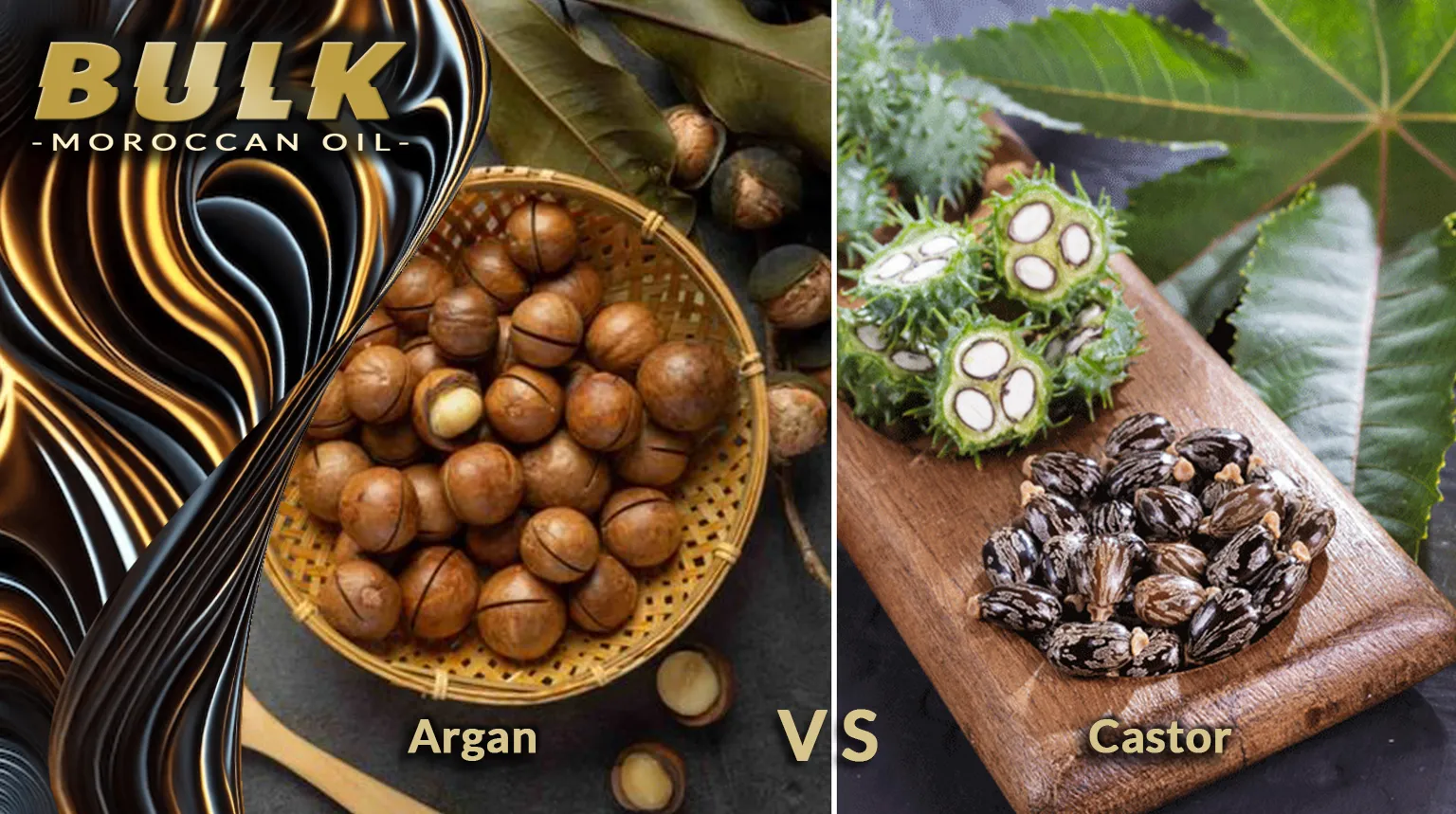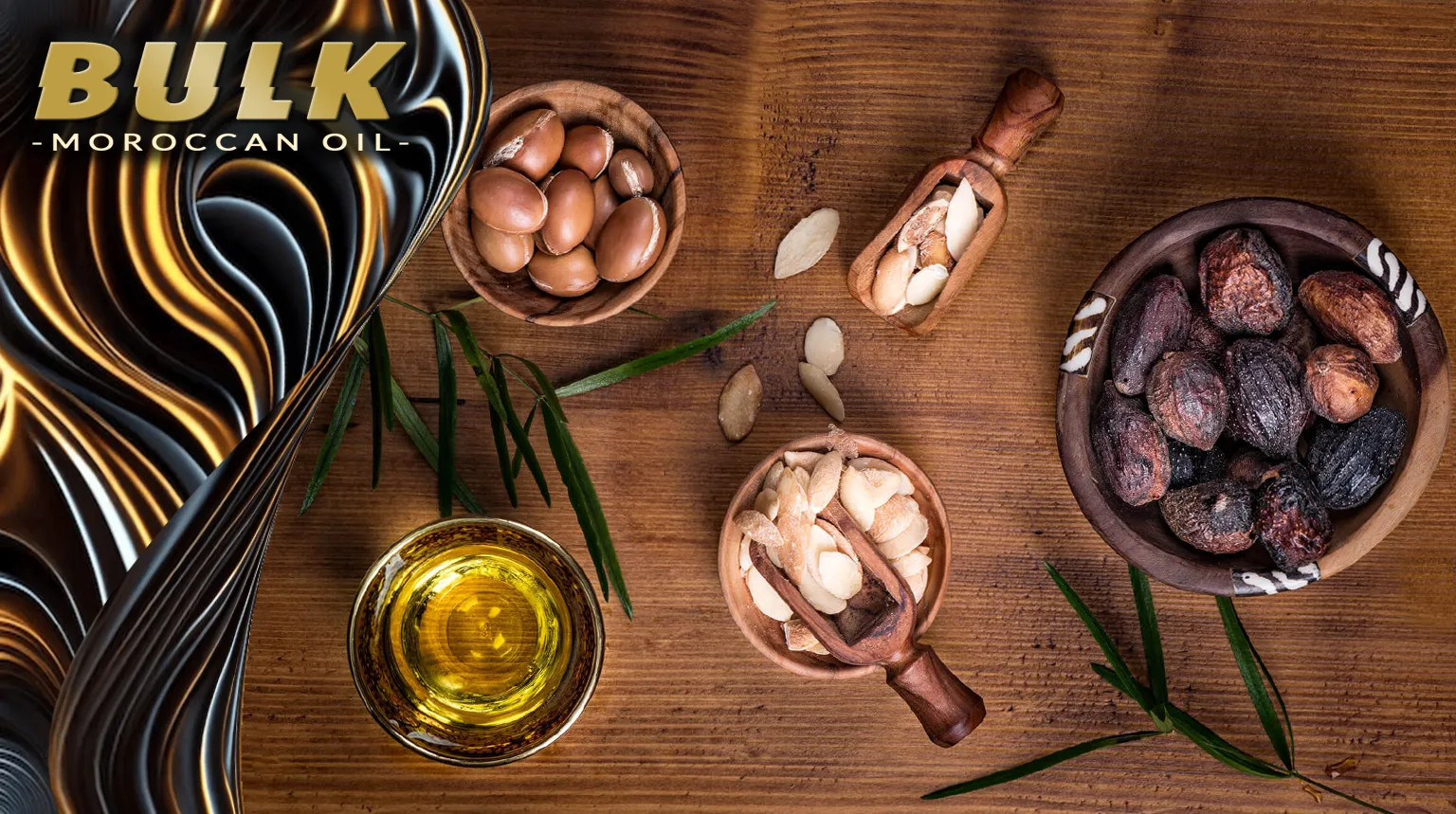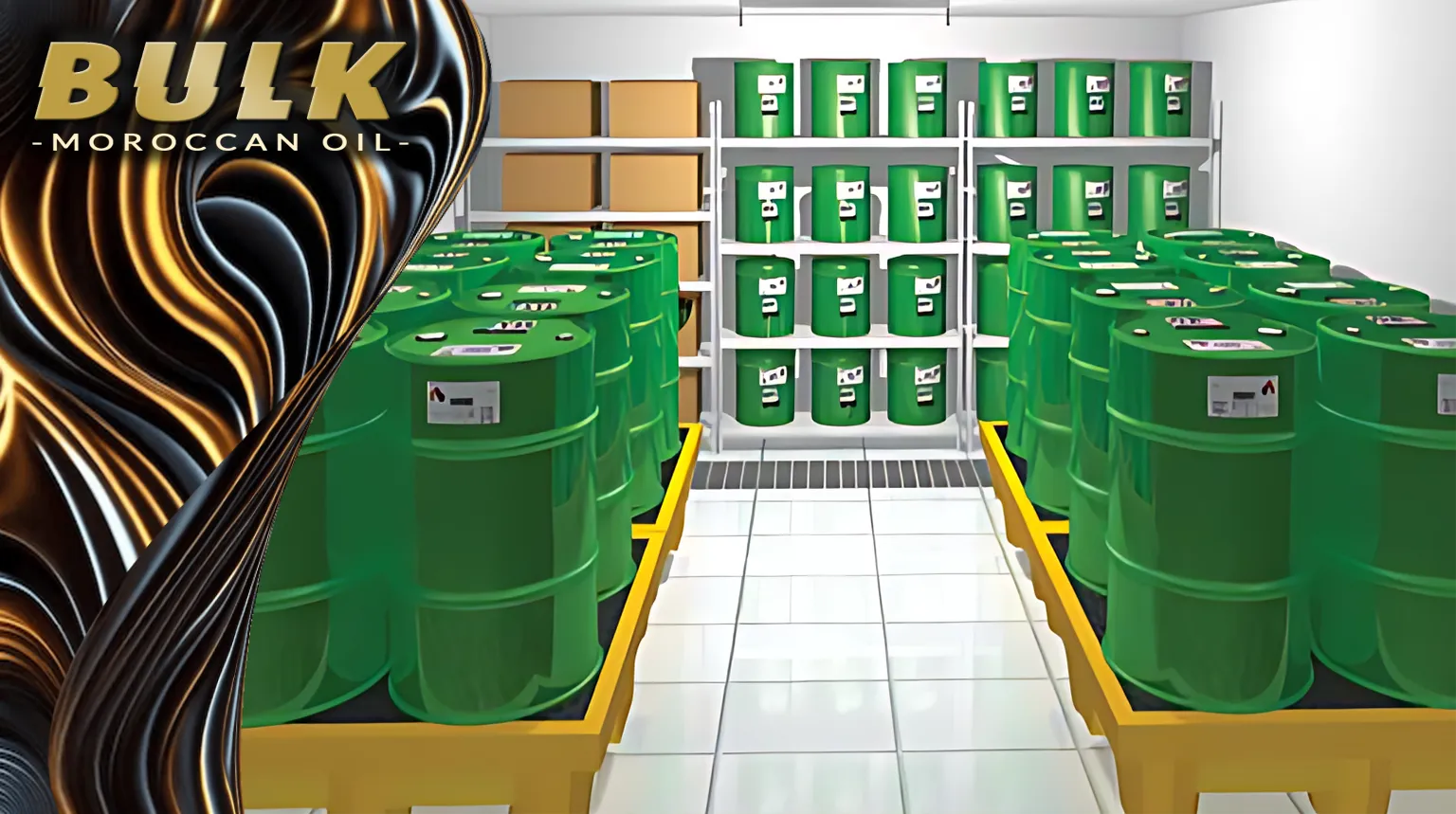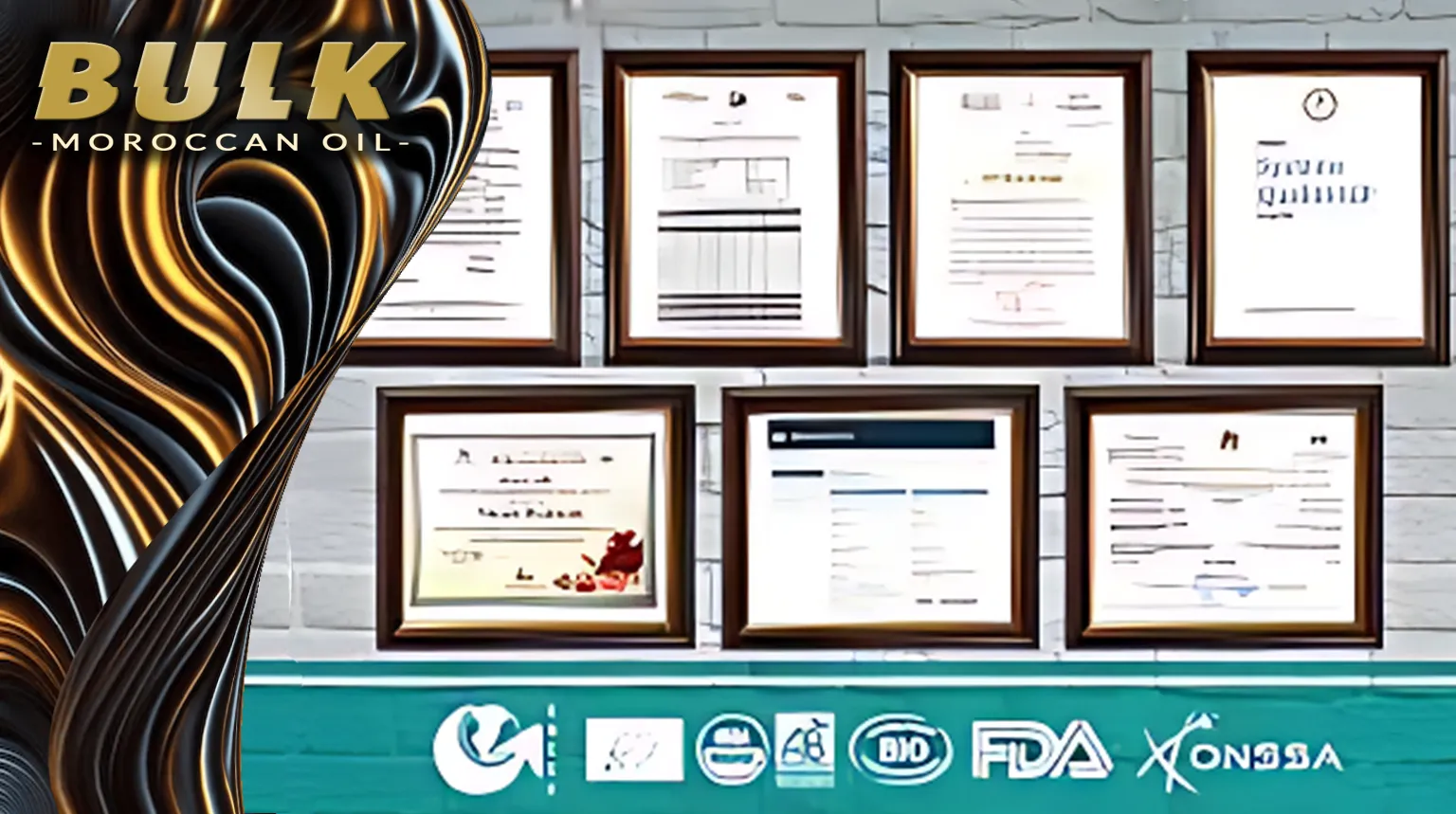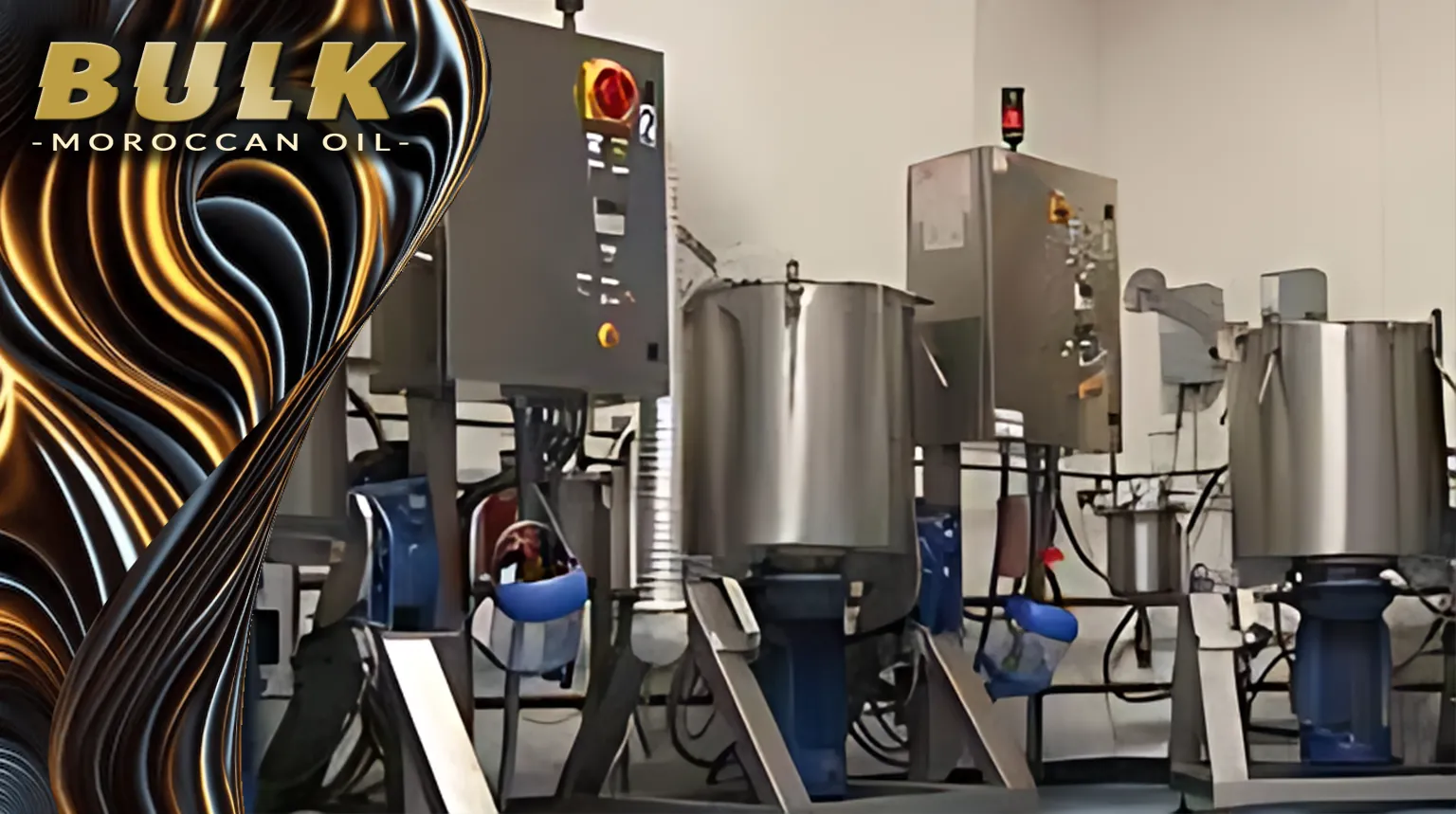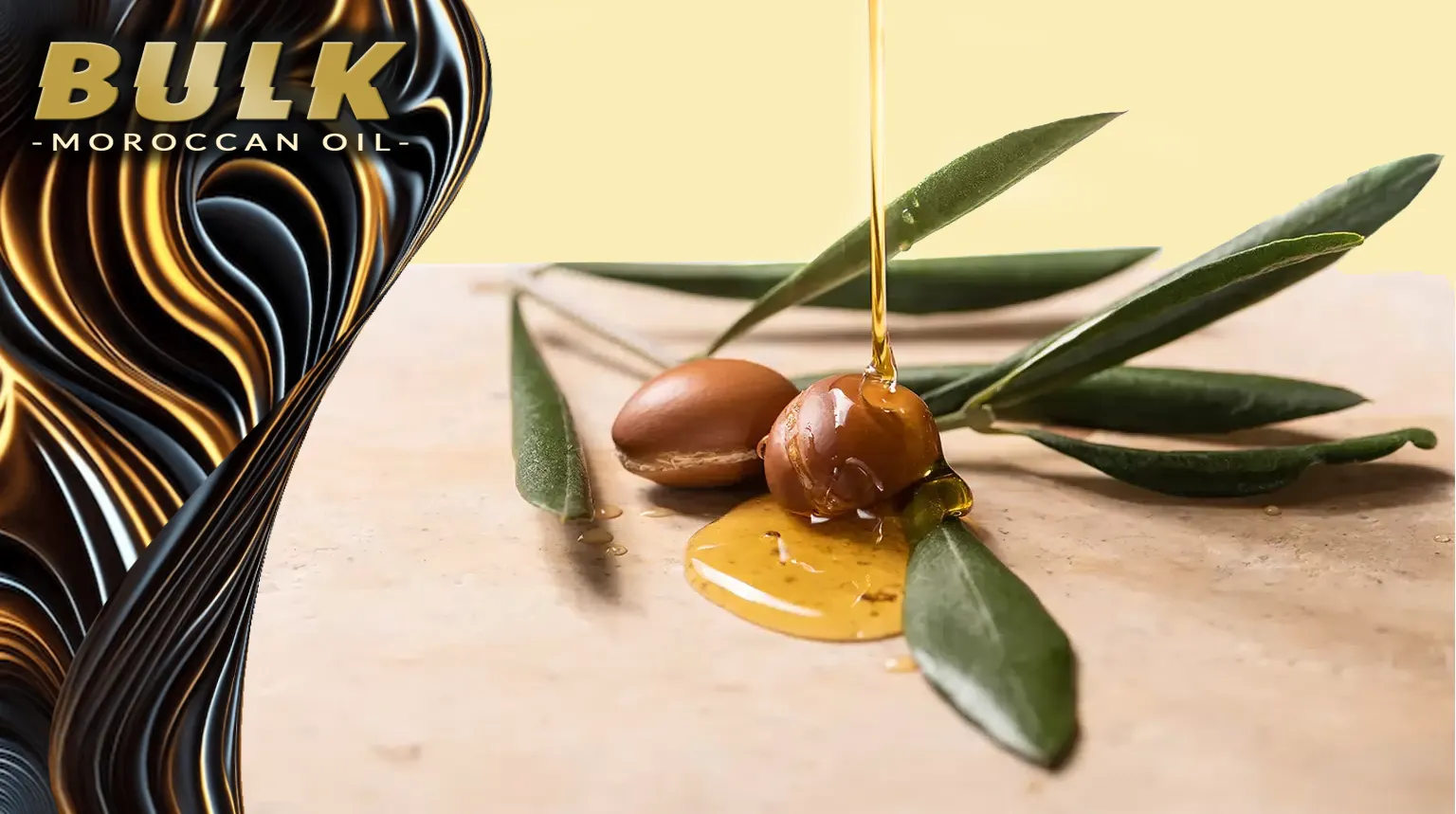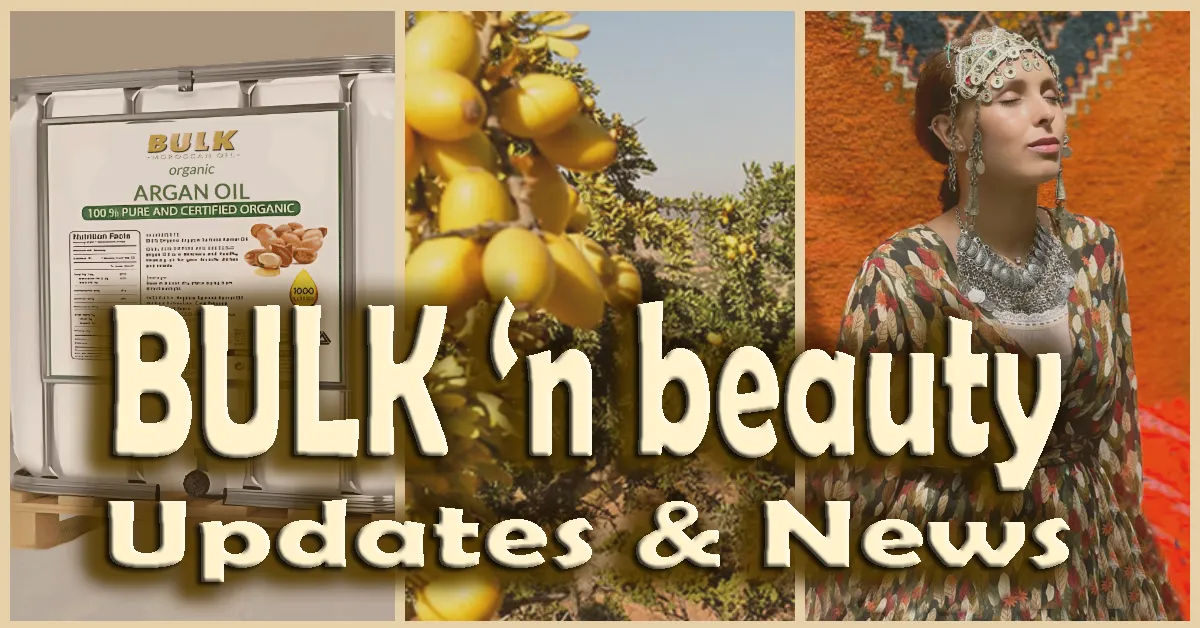Sustainability Potential of Argan Tree in Morocco Argan Forests in Combat Climate Change
The Argan tree, native to the Kingdom of Morocco, holds immense potential in combating climate change and promoting sustainable development. Its resilience in arid and semiarid regions, along with its rich cultural heritage, has led to the recognition and protection of the Argan tree by various United Nations entities. In this blog post, we will delve into the significance of the Argan tree and explore how its cultivation can contribute to climate change mitigation. Join us as we uncover the remarkable qualities of this tree and its impact on the environment, socioeconomic development, and the achievement of the 2030 Sustainable Development Agenda.
The Argan tree, scientifically known as Argania spinosa, is a slow-growing, thorny tree that can live for up to 200 years. It is primarily found in southwestern Morocco, where it plays a vital role in the local ecosystems and supports the livelihoods of many rural communities. The Argan tree is well adapted to the harsh conditions of the region, with deep root systems that help prevent soil erosion and desertification.
One of the most valuable products of the Argan tree is its fruit, which contains a nut with kernels that are rich in oil. Moroccan Argan oil is prized for its culinary and cosmetic properties. The oil is also used for medicinal properties, making it a highly sought-after commodity in international markets. The extraction of Argan oil is a labor-intensive process that provides employment for women cooperatives in the region, empowering them economically and socially.
The cultivation of Argan trees also has significant environmental benefits. The trees act as natural carbon sinks, absorbing and storing carbon dioxide from the atmosphere. They help mitigate the effects of climate change by reducing greenhouse gas emissions and promoting biodiversity in the area. Additionally, the conservation of Argan forests contributes to the preservation of endangered species, such as the Barbary macaque and the Northern bald ibis.
In recognition of its importance, the Argan tree has been designated as a UNESCO Biosphere Reserve and a UNESCO World Heritage Site. These designations highlight the global significance of the Argan tree and the need to protect its natural habitat. By promoting sustainable management practices and supporting local communities, we can ensure the long-term survival of this valuable species.
The Argan tree symbolizes resilience, sustainability, and cultural heritage. Its unique qualities make it an essential ally in the fight against climate change and promoting sustainable development. By safeguarding the future of the Argan tree, we can create a more sustainable and prosperous world for generations to come.
Content List:
1. What is the significance of the Argan forest ecosystem?
2. How does the Argan tree contribute to sustainable development?
3. How does the Argan tree help combat climate change?
4. What are the cultural and historical aspects associated with the Argan tree?
5. What international recognition has the Argan tree received for its conservation efforts?
6. How can agroforestry techniques benefit from the Argan tree model?
7. What are the challenges and opportunities in large-scale Argan tree cultivation?
8. How does Argan oil production contribute to local economies?
9. What is the future outlook for Argan tree conservation and sustainable use?
10. How can the benefits of Argan cultivation be replicated globally?

Introduction
Enhancing Sustainability and Combating Climate Change with the Argan Tree
In the arid and semiarid regions of Morocco, the Argan tree stands tall as a symbol of sustainability and resilience. Its unique ability to thrive in harsh environments, marked by water scarcity and poor soils, has attracted global attention. Not only does the Argan tree produce oil-rich kernels that are utilized in various applications, but it also plays a crucial role in sustainable development, helping combat climate change and promoting biodiversity conservation. In this article, we will explore the significance of the Argan tree, its cultural importance, and the methods employed to cultivate it on a large scale. Join us as we delve into the manifold benefits of Argan tree cultivation and its potential to foster sustainable development worldwide.
The Argan Tree: A Marvel of Nature
The Argan tree, scientifically known as Argania spinosa, is commonly referred to as the "tree of life" due to its remarkable properties. The argan tree grows in an UNESCO-protected biosphere reserve. \ Its fruits contain kernels that yield Argan oil, renowned for its numerous applications in cooking, cosmetics, and traditional medicine. However, the Argan tree's importance goes beyond its oil production. Its roots run deep in Moroccan culture and have become a sustainable development and conservation symbol.
Agroforestry: A Key Aspect of the Argan Tree's Significance
To fully understand the Argan tree's impact, we need to explore the practice of agroforestry, which combines agriculture and forestry. Moroccan farmers have been utilizing agroforestry techniques for centuries, cultivating crops like wheat, barley, and lentils under the shade of Argan trees. Beyond improving soil fertility, this practice aids in preventing erosion and desertification. The Argan tree's deep roots play a crucial role in stabilizing the soil and protecting against wind erosion, particularly in arid and semiarid regions. By embracing the model of agroforestry associated with the Argan tree, the international community can address the challenges of sustainable development and climate change mitigation.
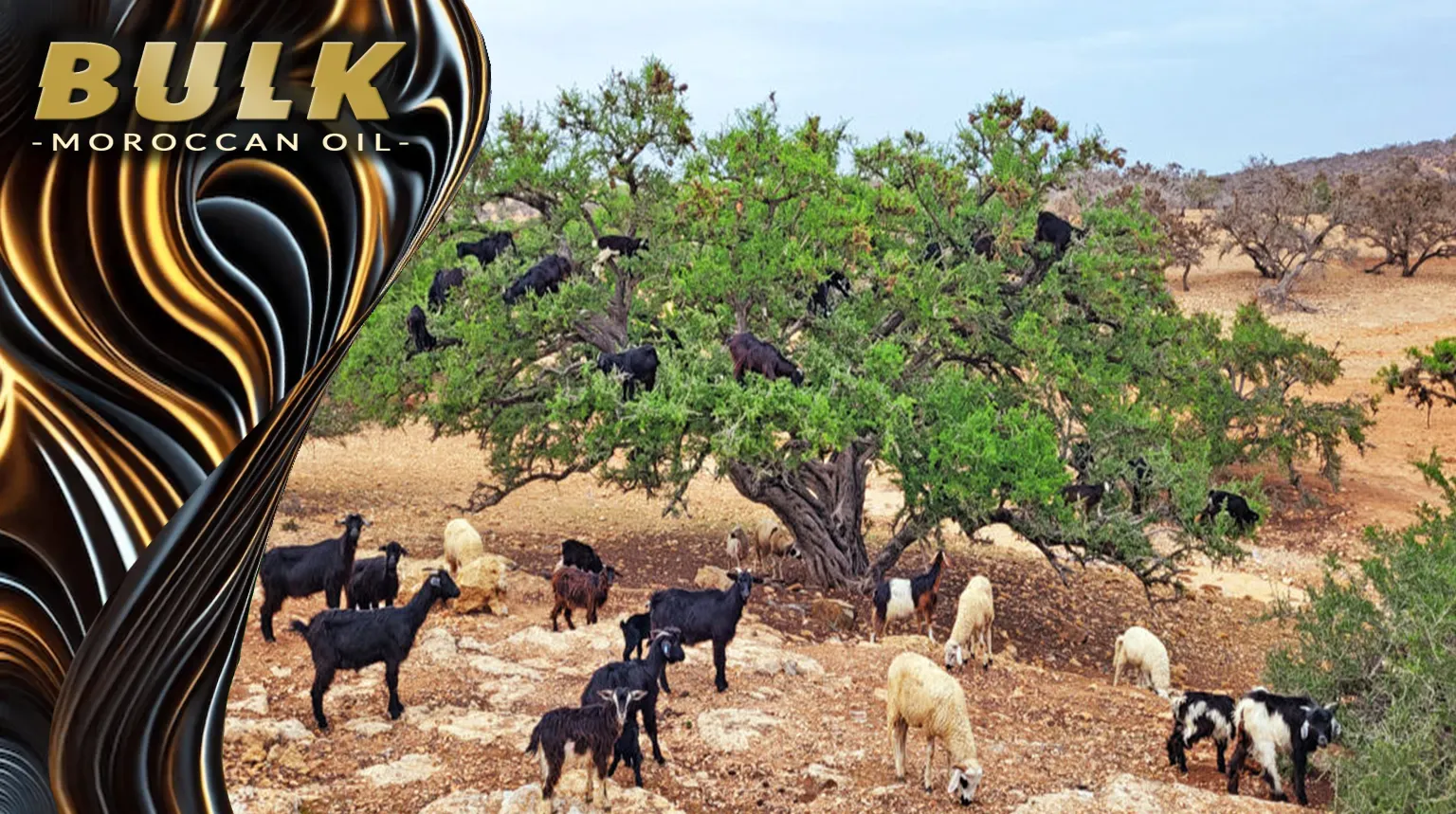
The International Day of Argania: Safeguarding a Cultural and Ecological Treasure
In recognition of the Argan tree's cultural and ecological significance, the United Nations General Assembly proclaimed the International Day of Argania. This observance serves as a catalyst for international cooperation, fostering socio-economic development for local communities, women entrepreneurs, cooperatives, civil society, scientists, and local producers. The International Day aims to promote the cultural, ecological, and economic value of the Argan tree while encouraging sustainable land-use practices. Through awareness-raising activities, seminars, exhibitions, and cultural events, Morocco and the international community come together to conserve and sustainably utilize this unique tree species. This global platform facilitates the exchange of knowledge, experiences, and best practices, contributing to sustainable development in diverse dimensions.
Local Socioeconomic Development and the Sustainability of the Argan Ecosystem
In 2023, the International Day of Argania placed the spotlight on the theme of "Local Socioeconomic Development and Sustainability of the Argan Ecosystem." This theme acknowledges the vital role of empowering local communities in the management and conservation of natural resources. Sustainable land-use practices can be adopted by fostering awareness and appreciation for the Argan ecosystem's value, leading to community-led conservation efforts. Recognizing the interdependence between the ecosystem's health and the socioeconomic well-being of local communities, this theme encourages a holistic approach to sustainable development that can be replicated in other regions, particularly in Africa.
Argan Cultivation: Addressing Food Security in Africa
His Majesty Mohammed VI, King of Morocco, envisions achieving food security in Africa by investing in sustainable agriculture practices. Morocco's approach involves increasing agricultural productivity through organic farming, improved irrigation, and water management techniques. These initiatives, such as the Green Morocco Plan, aim to modernize the agriculture sector, enhance food security, and reduce poverty and inequality. By addressing the impact of climate change, Morocco actively supports African climate commissions and advocates for continent-wide climate action and sustainable development.
Socioeconomic, Nutritional, Health, and Cultural Benefits of Argan Tree Cultivation
The cultivation of the Argan tree brings forth numerous socioeconomic, nutritional, health, and cultural benefits to local communities. The production of Argan oil has created job opportunities, particularly for women engaged in cracking and grinding the Argan kernels. The income generated from Argan oil production has not only contributed to poverty reduction but has also empowered women and improved the livelihoods of rural communities. Furthermore, Argan oil's culinary applications offer a healthy alternative, rich in antioxidants and essential fatty acids, with potential anti-inflammatory properties. Beyond its nutritional benefits, the Argan tree holds cultural significance, with its cultivation practices and traditional knowledge passed down through generations.
The Argan Tree's Role in Climate Change Mitigation
The Argan tree's cultivation presents an effective means of mitigating climate change, specifically combating desertification. With its ability to stabilize soil and prevent erosion, the Argan tree thrives in arid and semiarid regions, making it a valuable resource for sustainable land-use practices. Moreover, the tree's deep roots access groundwater, crucial for regions with limited surface water. Its drought tolerance reduces the need for resource-intensive practices like irrigation. Additionally, the Argan tree contributes to carbon sequestration, facilitating the reduction of carbon dioxide in the atmosphere. Its large canopy and dense foliage provide shade and support the growth of other plant species, fostering biodiversity conservation.
Special Methods for Large-Scale Argan Tree Cultivation and Adaptation Beyond Morocco
Successful large-scale Argan tree cultivation requires specialized techniques. Mycorrhizal fungi, which form symbiotic relationships with the tree's roots, enhance nutrient uptake and improve resistance to environmental stress. Modern irrigation technologies, such as drip irrigation, conserve water while maintaining optimal moisture levels for the tree's growth. These methods can be adapted in other countries and regions facing similar environmental conditions, particularly those grappling with desertification and climate change's consequences.
Duplication of Argan Cultivation Benefits worldwide
The benefits of Argan cultivation can be replicated worldwide through sustainable agroforestry practices prioritizing conservation and socioeconomic development. Establishing partnerships, sharing knowledge, and fostering collaboration among Moroccan stakeholders, international organizations, researchers, and practitioners are crucial steps. Tailoring approaches to suit specific communities, considering their social, economic, and environmental contexts, is vital. Capacity-building programs and educational initiatives can equip local communities with skills and knowledge needed for successful Argan cultivation projects. Embracing sustainable practices from Argan cultivation enables communities worldwide to harness the Argan tree's ecosystem services, including soil conservation, water retention, carbon sequestration, socioeconomic development, and women empowerment, ultimately contributing to the pursuit of sustainable development and the 2030 Agenda.
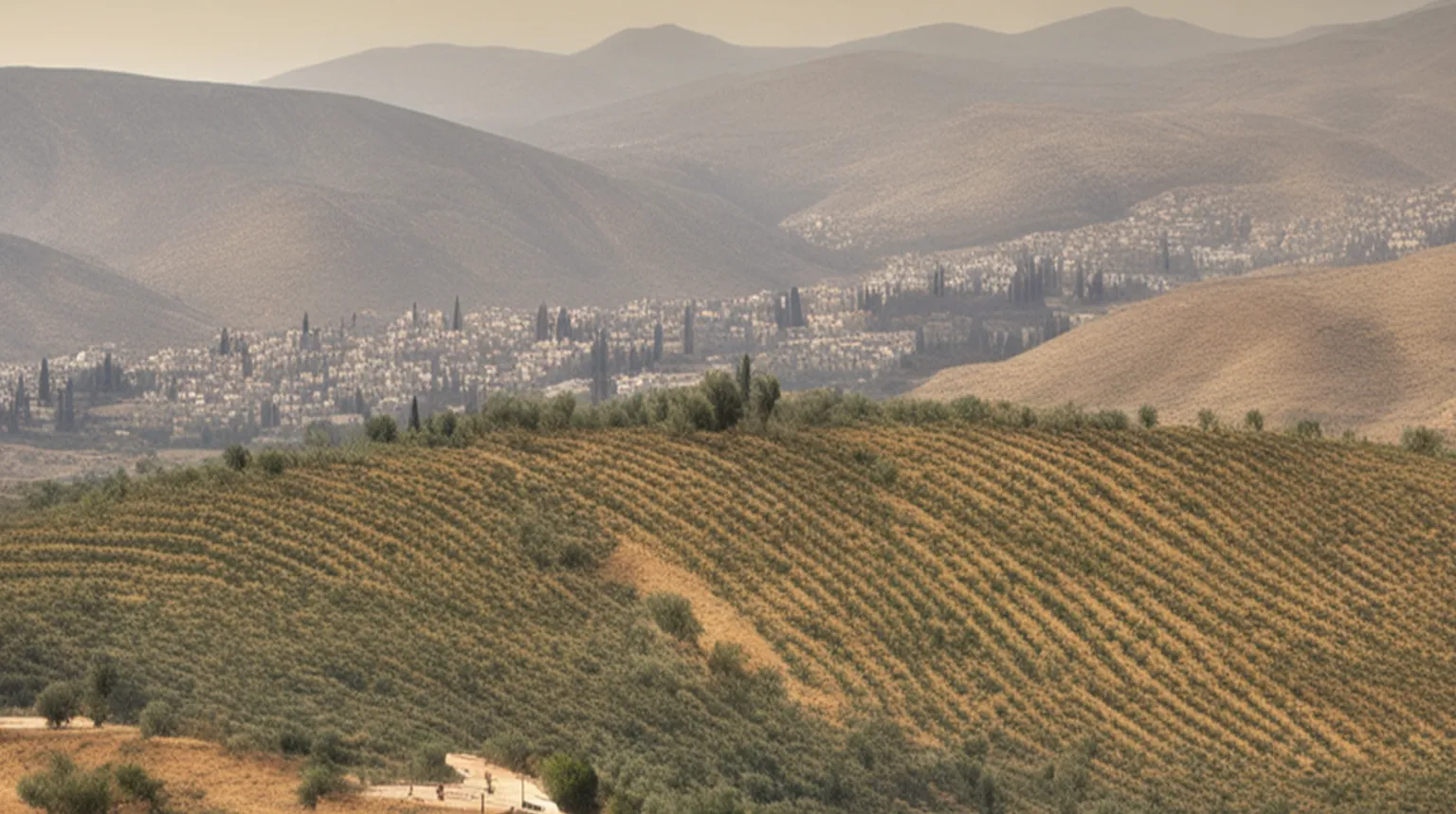
Conclusion: Empowering Communities, Preserving Nature, Combating Climate Change
The Argan tree's significance goes well beyond its oil production. It serves as a symbol of resilience, cultural heritage, and sustainable development. The success of the Argan tree in combating climate change and promoting biodiversity conservation highlights its importance in addressing pressing global challenges. By recognizing and protecting the Argan tree's natural habitat, we can ensure its long-term survival and the preservation of endangered species.
The cultivation of Argan trees not only provides valuable products like Argan oil but also has significant environmental benefits. The trees act as carbon sinks, reducing greenhouse gas emissions, and promoting biodiversity. Additionally, the labor-intensive process of extracting Argan oil empowers women cooperatives and supports local economies.
Through international recognition and designation as a UNESCO Biosphere Reserve and World Heritage Site, the importance of the Argan tree is acknowledged on a global scale. This recognition emphasizes the need to protect the Argan forests and woodlands and promote sustainable management practices.
As we move forward, it is crucial to replicate the success of Argan cultivation worldwide. By embracing sustainable agroforestry practices and empowering local communities, we can harness the resilience of the Argan tree to combat climate change, preserve nature, and achieve the goals of the 2030 Sustainable Development Agenda.
In the spirit of collaboration and shared knowledge, let us unite in our efforts to celebrate the International Day of Argania and work towards a more sustainable and prosperous future. By following the example of the Argan tree, we can create a world where resilience, sustainability, and cultural heritage thrive, leaving a lasting legacy for generations to come.
Note: Article distributed under the terms of the Creative Commons Attribution License, which permits unrestricted use and redistribution provided that the original author and source are credited.
Bullet point summary:
- The Argan tree, native to Morocco, is vital in combating climate change and promoting sustainable development.
- Agroforestry, combining agriculture and forestry, underlies the significance of the Argan tree.
- The International Day of Argania highlights the cultural, ecological, and economic value of the Argan tree.
- This year's theme focuses on local socioeconomic development and the sustainability of the Argan ecosystem.
- Argan cultivation supports food security, poverty reduction, and climate change mitigation in Africa.
- Cultivating the Argan tree brings socioeconomic, nutritional, health, and cultural benefits.
- The Argan tree stabilizes soil, prevents erosion, and contributes to carbon sequestration.
- Special techniques enable large-scale Argan tree cultivation, which can be adapted globally.
- Replicating Argan cultivation benefits requires tailored approaches and knowledge sharing.
- Embracing the resilience of the Argan tree empowers communities and combats climate change.
- Sustainable development and climate change mitigation are within our grasp, guided by the Argan tree's example.
Hashtags
#ArganTree #ArganForest #Morocco #Sustainable #SustainableDevelopment #ClimateChange #Moroccan #BiosphereReserve #Conservation #Regeneration #Biodiversity #Agroforestry #Sustainability #FoodSecurity #PovertyReduction #SoilConservation #Ecosystem #EnvironmentalConservation #CommunityDevelopment #WomenEmpowerment #CulturalHeritage #ClimateAction #NaturalResources #GreenInitiative #ClimateSolutions #RuralDevelopment
Referrals:
- "Climate-friendly farming preserves argan forests" - Green Climate Fund
- "FP022: Development of arganiculture orchards in degraded environment (DARED)" - Green Climate Fund
- "Agro-Fruit-Forest Systems Based on Argan Tree in Morocco: A Review of Recent Results" - Frontiers
- "Protecting the argan forests of Morocco" - Government of Canada
- "Sustainable Development in Northern Africa: The Argan Forest Case" - Sustainability
- "Morocco plants millions of trees along roads to fight climate change" - Mongabay
- "Social sustainability and the argan boom as green development in Morocco" - ScienceDirect
- "Argan Tree: social, economic and environmental sustainability" - Mediterranean Academy of Culture, Technology and Trade
- "This is everything you need to know about the Argan tree" - World Economic Forum
- "Agro-Fruit-Forest Systems Based on Argan Tree in Morocco: A Review of Recent Results" - National Center for Biotechnology Information (NCBI)
Frequently Asked Questions (FAQ)
Q: What is the significance of the argan forest in combatting climate change?
A: The argan forest in Morocco plays a crucial role in combatting climate change by absorbing carbon dioxide, preventing soil erosion, and maintaining biodiversity in the region.
Q: How does the argan tree contribute to sustainability?
A: The argan tree contributes to sustainability by providing a habitat for wildlife, supporting local communities through argan production, and conserving the unique ecosystem of the argan forests.
Q: What is the Green Climate Fund and its relation to argan forests?
A: The Green Climate Fund is a financial mechanism to support developing countries in their efforts to combat climate change. It can be utilized to fund projects aimed at preserving and regenerating argan forests in Morocco.
Q: How are argan nuts used in sustainable practices?
A: Argan nuts are used to extract argan oil, a valuable product with various uses in cosmetics, food, and medicine. By promoting the sustainable harvesting of argan nuts, local communities can benefit economically while protecting the argan forest.
Q: What is the current argan forest case in terms of conservation?
A: The argan forest case involves efforts to conserve and regenerate the argan forest to ensure its long-term sustainability, considering the ecological, social, and economic importance of this unique ecosystem.
Q: How has the argan production impacted the local economy?
A: Argan production has significantly contributed to the local economy in southwestern Morocco, creating employment opportunities, supporting rural development, and promoting sustainable land management practices.
Q: What factors contribute to the success of the argan sector in northern Africa?
A: The success of the argan sector in northern Africa is attributed to the quality of argan oil, growing demand for this product worldwide, and efforts to preserve the genetic diversity of argan trees in the region.
Q: What is the significance of argan forests in combatting climate change?
A: Argan forests play a crucial role in combatting climate change by sequestering carbon dioxide from the atmosphere and promoting soil health and biodiversity.
Q: What are argan orchards and how do they contribute to sustainability?
A: Argan orchards are areas where argan trees are cultivated for their nuts, which are used to produce argan oil. They contribute to sustainability by providing economic opportunities for local communities and supporting the conservation of argan forests.
Q: How does the Green Climate fund support sustainability efforts in argan forest conservation?
A: The Green Climate Fund provides financial assistance to projects that aim to mitigate climate change impacts, including initiatives focused on the conservation and regeneration of argan forests in Morocco.
Q: What are some of the key factors influencing the argan oil market?
A: Factors such as the demand for quality argan oil, the preservation of genetic argan tree resources, and sustainable production practices influence the argan oil market in Morocco and internationally.
Q: Why is the preservation of the argan forest important for sustainable development in Morocco?
A: The preservation of the argan forest is important for sustainable development in Morocco as it supports rural livelihoods, promotes biodiversity, and helps to combat desertification in arid regions.
Q: How does the argan sector contribute to rural development in southwestern Morocco?
A: The argan sector creates employment opportunities, supports women's cooperatives, and enhances local economies in southwestern Morocco by producing and selling argan oil and other argan products.
Q: What are some challenges facing the conservation and regeneration of argan forests?
A: Challenges include pressure on natural argan resources, unsustainable harvesting practices, climate change impacts, and the need to balance conservation efforts with the economic demands of the argan sector.
Q: What is the significance of the argan tree in combatting climate change in Moroccan forests?
A: The argan tree's sustainability potential lies in its ability to fight climate change by preserving the natural ecosystem and reducing carbon emissions through its unique properties.
Q: How is the development of argan related to sustainability efforts in Morocco?
A: The development of the argan tree plays a crucial role in sustainability efforts in Morocco as it contributes to preserving the genetic diversity of the endangered Moroccan endemic tree.
Q: Why is the argan tree considered a relic tree?
A: The argan tree is referred to as a relic tree due to its ancient origins and its significance as a species that has survived in harsh arid climates for centuries.
Q: What are some common uses of argan oil, derived from argan fruits?
A: Argan oil, extracted from the kernels of argan fruits, is not only highly valued as a cosmetic product but is also used in culinary applications and for its medicinal properties.
Q: How does the argan tree contribute to agroforestry productive systems in Morocco?
A: The argan tree plays a vital role in agroforestry systems as part of the agro-fruit-forest model, promoting sustainable land use and economic development in the region.
Q: What conservation efforts are in place to protect the argan genetic resources?
A: Conservation initiatives aim to preserve the argan tree's genetic richness by promoting domestication, sustainable harvesting practices, and the preservation of wild argan forests.
Q: Where are the main areas of the argan forests found in Morocco?
A: The argan forests are predominantly located in the southwest regions of Morocco, specifically in the High Atlas and Anti-Atlas mountain ranges, thriving in thermophilic and xerophilic conditions.













